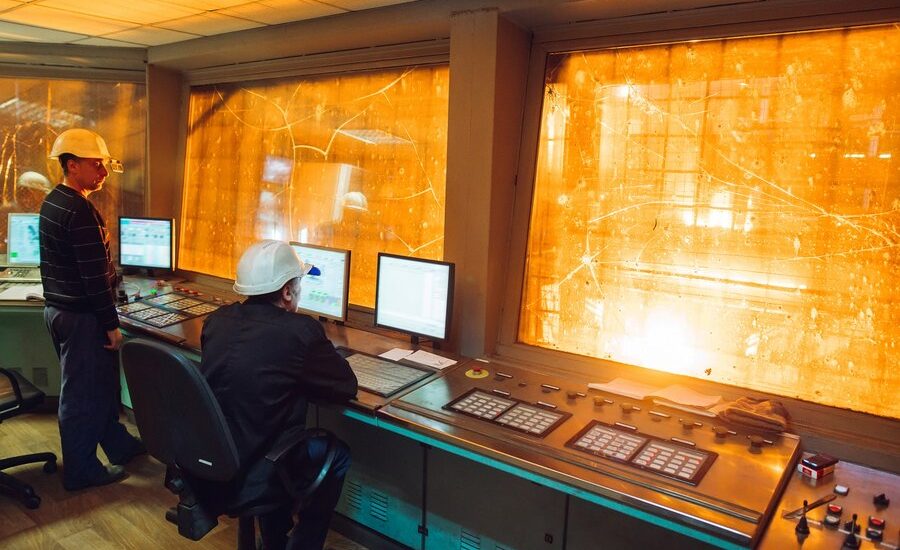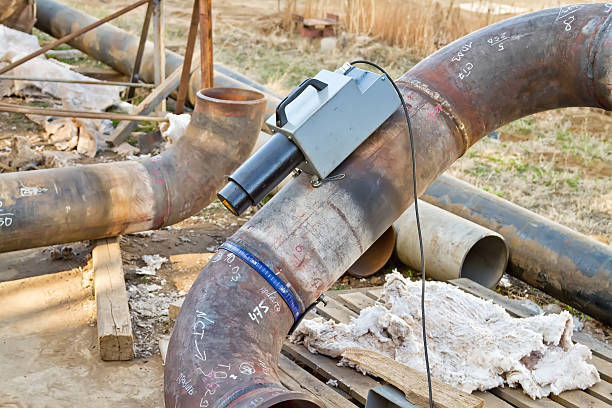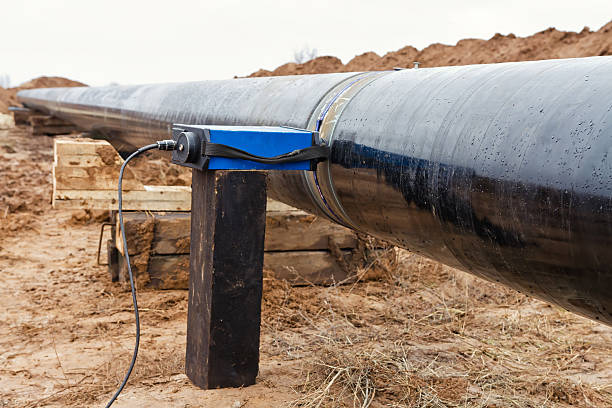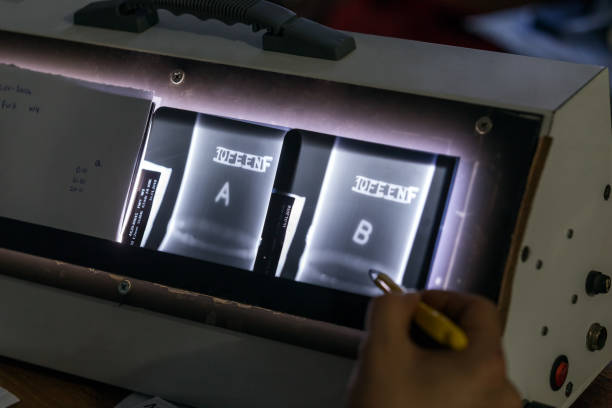Significance of X-Ray (Industrial) and Digital Radiography Techniques in Non-Destructive Testing (NDT) Inspection
- April 11, 2023
- Posted by: Velosi Author
- Categories: Insights, NDT

Digital Radiography and X-Ray Radiography in NDT Inspection?
Two major forms of non-destructive testing (NDT) can be used to detect flaws and defects in materials that are not visible to the naked eye. These methods are X-ray radiography/imaging and digital radiography. Quality assurance is commonly performed using both techniques in various industries.
X-Ray/ Industrial Radiography
By performing this type of test, it is possible to identify internal defects in a material prior to it showing any signs of damage. In contrast to digital radiography, X-ray radiography utilizes high-energy x-rays to penetrate through materials and reveal their internal structures.
X-Ray/ Industrial radiography is utilized for valuable application methods such as:
- Inspect materials for cracks or flaws that may not be visible to the naked eye.
- Identify and analyze the structural interior and integrity of different types of materials.
- Identify various types of materials, including air, soil, and water.
- Inspect damaged assets/materials instantly.
Digital Radiography
Advanced technologies have set qualitative barriers high to assure systematic and safe inspection techniques. The digital radiography process consists of using digital detectors to produce an image of the x-ray directly on a computer screen without consuming the time for creating chemicals or transitional scanning.
The functional methodology involves flat panel detectors, essential tools for obtaining high-quality digital images. The detectors of digital radiography provide an enhanced signal-to-noise ratio and high-powered range, leading to effective sensitivity in radiographic applications.
There are two types of flat panel detectors that utilize thin film transistors to progress the data captured by the detector.
Indirect conversion: Through this process, detectors utilize a photo diode matrix of amorphous silicon to capture images.
Direct conversion: To achieve optimal image sharpness and resolution, detectors employ a photo conductor, such as amorphous selenium or cadmium telluride, on a multi-micro electrode plate.
Digital Radiography is applied during various processes such as:
- Detection of Corrosion under Insulation (CUI) in petrochemical, oil, gas, and power generation industries.
- Identification of Flow Accelerated Corrosion; foreign object detection; casting and weld inspection.
- Proper inspection of composites and fiber-reinforced components.
- Product and process development techniques.



Important Key Aspects of Using Digital Radiography & X-Ray/ Industrial Radiography for NDT Inspection
- Accurate results: High-resolution imaging capabilities provided by digital and x-ray radiography techniques enable the accurate detection of flaws or defects in materials and components. Which in turn enhances accuracy and assists to reduce the risk of failure and safeguard overall asset integrity.
- Enhanced portability: These suitable techniques for radiography enable on-site inspections to be conducted without the need for transporting materials and components to a separate testing facility which is time and cost-efficient.
- Less radiation exposure: In comparison with traditional film-based radiography, digital radiography requires lower levels of radiation exposure. This contributes to the protection of workers from unnecessary exposure to radiation.
- Time and cost efficiency: Compared to traditional film-based radiography, digital radiography is much faster, which reduces downtime and increases productivity. Additionally, digital images are easier to store and share, which exempts the need for physical storage.
- Safeguarding workers’ environment: Organizations can enhance the accuracy and efficiency of inspections while keeping workers safe from dangerous radiation exposure.
Conclusion
Velosi equips a team of expert individuals that systematically perform NDT inspections by applying several advanced radiography tools to ensure overall asset integrity and safety. Our specialized services fully cater to organizational needs, executing inspections up to the mark in compliance with industrial standards.
Please contact us for more information and assistance.
1 Comment
Comments are closed.




I am complete my Dae from Pak Swiss Traning Center karachi in machanical engineering and also recently pass certification of cswip 3.1 welding inspector certification from UK twi looking for job as a traine